The content of the article
Oak has long been considered a symbol of stability, power and longevity. Some people are proud of the perennial huge oaks that were planted by their fathers and grandfathers. Maybe you want to plant a powerful tree that will grow for centuries. Perhaps, after many, many years, your children and grandchildren will also be proud to say that my father (grandfather) planted this oak.
Growing an oak from an acorn is a long process that takes more than one year. However, growing oak trains patience, endurance, and teaches timeliness and regularity. Everyone can grow oak, but for this you need to know a few subtleties. Involve children in the process - this will not only interest them, but also teach them to be more careful and reverent in nature. So, how to grow an oak from an acorn at home.
Choose acorns
Acorns gather in early autumn, when their hat will be easily separated from the fruit itself. By the way, the cap of acorns during collection can be removed, they do not carry any value in themselves, it is just fastening to the branches and protecting the fetus.
When you bring acorns home, they need to be sorted out. Wormy, moldy, empty, rotten and other spoiled fruits need to be thrown out - nothing will sprout from them. The remaining acorns must be soaked in a container of water. When soaking, unsuitable for growing acorns will emerge, which means that they are empty inside. They also need to be deleted. The fruits remaining at the bottom should be blotted with a towel and left to dry. To do this, lay them on paper or cloth, and then place them in a ventilated place. Drying acorns in open sunlight is not recommended.
Germination
When growing acorns are ready and dried, they need to be stratified. Stratification is an artificial imitation of conditions close to natural. That is, you need to provide humidity and temperature appropriate for this time of year. Since the collection of acorns falls at the beginning of autumn, autumn conditions need to be stratified.
Stratification can be done in two ways. Divide the acorns in two. Most should be placed in plastic wrap and added to the bag of sawdust, moss or vermiculite. These substances retain moisture. Close the bag and place it in a cold place. It can be a basement or just a refrigerator. Leave the acorns on the lower shelf, the temperature there is usually around 8 degrees. Periodically, you need to open the bag so that the seeds have access to oxygen. Watch for humidity and pour water into the bag from time to time. But do not overfill - if there is more moisture than it should - acorns will rot.
The rest of the acorns should be planted in small glasses. Fill the containers with peat and place 2-3 acorns in each cup. Place planted acorns next to the bag. All fruits must grow under the same conditions that mimic natural humidity and temperature.
After a year and a half or two months, the seeds will begin to take root. Some acorns will not grow or rot, but more than half of the planted acorns are usually pleased with small roots.
Seedlings
The next step is to plant the sprouted acorns in glasses.Carefully remove all contents from the bag. Be careful - the roots of the future oak at this stage are very vulnerable and break easily. Carefully sort the sprouted fruits from decayed and not sprouted acorns. Place acorns with roots in 200 ml small plastic cups. It is not necessary to plant deeply, it is enough only that the root will be completely immersed in the ground. For planting, you can choose the soil from the area where the parent oak grew. But you can plant seedlings in ordinary garden soil with the addition of peat. Do not forget to make holes on the walls of the cup before planting. This is done to remove excess water from irrigation. If this is not done, the young roots rot and die.
Those acorns that were not in the bag, but were seated in glasses, must also be sorted out. The root acorns must be planted one in each glass.
At first, seedlings need to be watered often enough. After planting for some time, it may seem to you that nothing is happening and the acorn will not germinate. But this is not so. The fact is that at first the oak gains strength in the roots and only after that gives seedlings. If you notice that the roots become cramped in small cups, they can be transplanted into more spacious containers. Planting oaks in open ground ahead of time is not worth it - unprotected young roots are a treat for rodents, and small leaves attract herbivores.
When you can plant seedlings in the soil
In order to determine whether a seedling is ready for independent growth, it is necessary to meet certain conditions. Pay attention to its leaves - if the sapling has more than five strong, healthy leaves, then it can be planted in open ground. Usually, the finished shoots are planted in the soil within two to three weeks after planting. In this case, you need to pay attention to its roots - if they are large and white, then the plant is ready for independent growth.
Oak Planting Area
When you plant a tree in a permanent place of its growth, you need to understand that here it will grow not one day, but years, decades and even centuries. Therefore, the choice of a place for landing should be taken very carefully.
Oak should be planted in an open area of at least two square meters. Oak grows in almost any soil, however, when it is very young, it needs a land rich in vitamins, minerals and fertilizers. Oak loves open sunny areas, it will not be able to grow in the shade.
When planting oak, it must be borne in mind that in the future the root system of the tree will be powerful and strong, so you should not plant the tree near plumbing and other technical underground systems, near the foundation of the house, near walkways and other buildings.
Oak grows large and spreading, over time, it will begin to give a good shadow. Plant it on a certain side of the house, so that later the oak casts a shadow on the dwelling.
Before planting oak, the earth needs to be dug up and loosened. No other crops should grow near the seedling. For planting, a recess is made so that the roots of the future tree are immersed in the ground. After this, the soil should be slightly compacted and watered abundantly.
How to care for oak
The first time after planting an oak, it must be abundantly watered. At a distance of 20-30 cm from the sprout, the soil is sprinkled with sawdust or crushed bark. This protects the earth from drying out, and also prevents weeds from growing near the seedling.
Over time, oak requires less maintenance. It grows quite slowly, however, if accepted, it will delight you throughout your life. The tree will give the first fruits in the form of acorns only in 10-20 years, depending on the type of oak. During the first few years, oak needs periodic enrichment of the soil - it must be fed with mineral fertilizers. Over the years, the tree will grow stronger, the roots will go deep into the ground and the oak will only need regular watering.
Among other things, young seedlings need mechanical protection from animals. If there are rabbits, rodents or deer on the site, the seedling must be protected with a small grid. You can protect the plant from the May beetle and aphids with pesticides. They can be bought at any store for summer residents, they destroy pests, but are absolutely harmless to plants and people.
As you know, every man must build a house, raise a son and plant a tree. The last item on this list is the easiest and most fun. If every person on earth had planted one tree at least once in his life, it would be better to live on the planet and breathe easier. Plant trees, and your descendants will appreciate your efforts!
Video: how an oak grew from an acorn

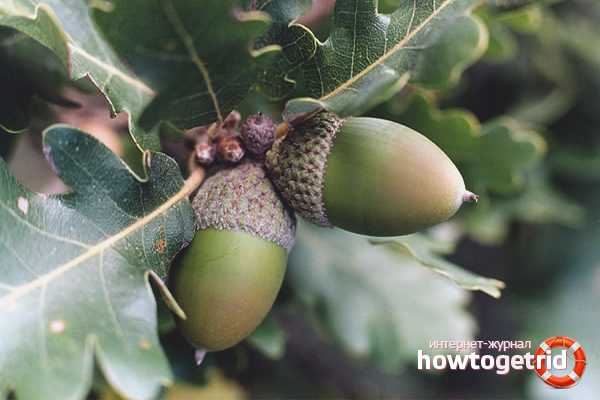
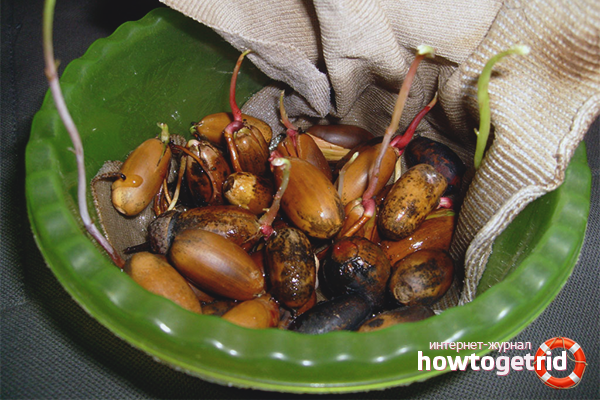
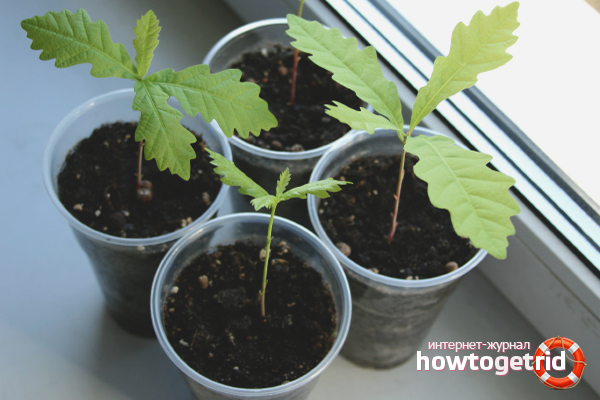
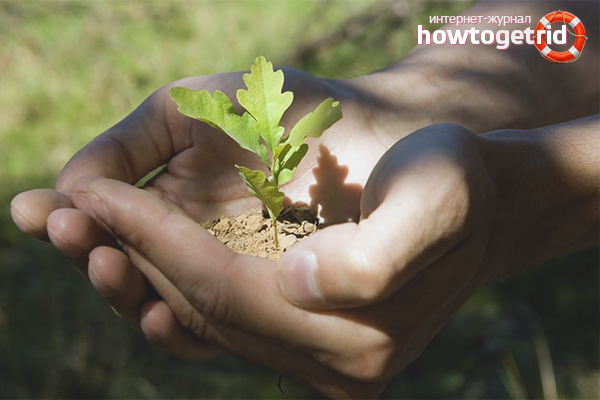
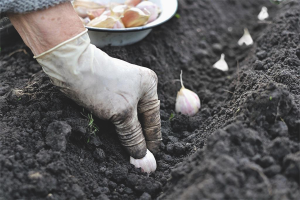
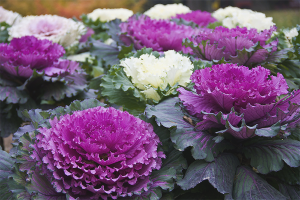

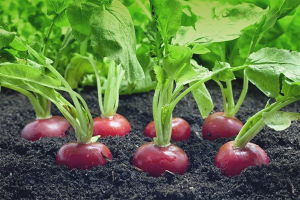
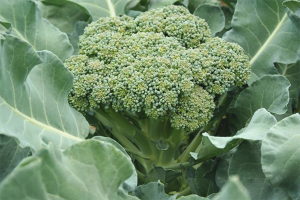
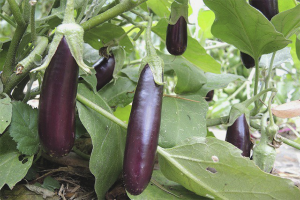

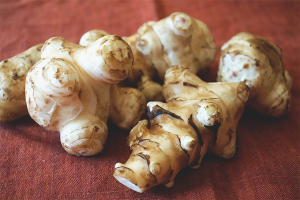
Submit
I planted 5 acorns and all 5 sprouted, they wintered in the winter on the window and I will probably plant in the spring ... or all the same let them get stronger? Tell me ...
Good afternoon. I also have 6 oak trees sprouted in a pot. The very first one is already 45 cm. Maybe I need to plant them in different pots? Maybe you need to trim? We live in the North, we will not get to the real ground soon. Sincerely, Jelens
Everything is much simpler. In the autumn I dug up the acorns in a pot of earth, and left it to spend the winter on a cold balcony. It poured in the spring, everything came up. The second option, in the spring, gathered the naked acorns already hatched from the shells, also dug them in a pot, sprouts climbed, faster than the autumn ones. And yes, the sprouts are small, and the root is already strong and long.